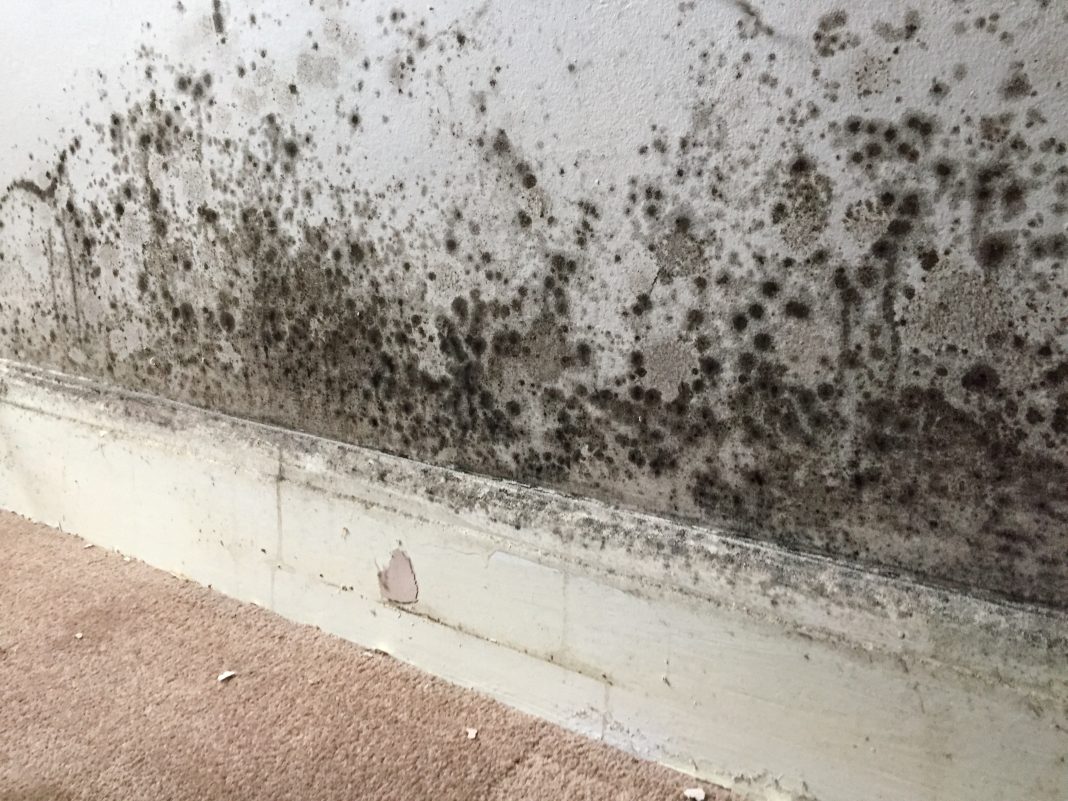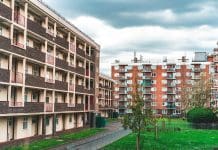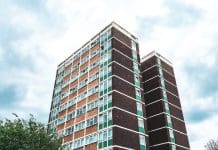The UK government has recently published a document that recommends landlords work with professionals to tackle damp and mould. James Berry, deputy CEO of the Property Care Association (PCA), discusses some of the key issues relating to the new guidance
Setting out the legal responsibilities of social and private sector landlords, as well as the serious health risks that damp and mould can pose, Understanding and addressing the health risks of damp and mould in the home is a “direct response” to the coroner’s report into the death of two-year-old Awaab Ishak, who died from a respiratory illness caused by mould in his home in 2020.
The ministerial foreword states that: “Everyone has the right to a warm, secure and decent home and to be treated with dignity and fairness, yet many people in England are living in a home with damp and mould, which may put their health at risk.”
The guidance shows that estimates of the number of homes in England with damp and mould range from 4% to 27% of homes, or 962,000 to 6.5m households.
It’s a serious concern. For several years, the PCA has noted a surge in the levels of excess atmospheric moisture inside properties.
Many of our 400 members report higher levels of humidity and wetness in homes than they have ever encountered before, bringing significant implications for the health, comfort and wellbeing of homeowners and tenants.
The situation needs to be addressed, and this publication represents an important step in tackling the issue.
Setting out responsibilities on managing damp and mould
The guidance gives social and private sector landlords in England a thorough understanding of their legal responsibilities, and of the serious health risks that damp and mould pose.
Of significance is the clear directive to landlords that they must ensure that the accommodation they provide is free from serious hazards, including damp and mould, and that homes are fit for habitation.
It also states that they must treat cases of damp and mould with the utmost seriousness and landlords should act promptly to protect their tenants’ health.
It also stresses that tenants should not be blamed for damp and mould as they: “Are not the result of ‘lifestyle choices’, and it is the responsibility of landlords to identify and address the underlying causes of the problem, such as structural issues or inadequate ventilation.”
Achieving the right outcome
The guidance urges landlords to seek advice from a range of professionals with specialised knowledge in various aspects of this field and underscores the importance of working with experts who can identify and tackle damp and mould issues.
It also signposts them to professionals holding relevant qualifications, including several designed and delivered by the PCA.
We welcome the emphasis placed on the importance of engaging competent and qualified specialists, and the acknowledgement of professional qualifications.
The PCA offers a range of qualifications, including CSRT (Certificated Surveyor in Remedial Treatment) and CSSW (Certificated Surveyor in Structural Waterproofing), as well as training for the CSTDB/CSDB (Certificated Surveyor in Timber and Dampness in Buildings).
Our training can also help social and private sector landlords deepen their knowledge and develop their skills for managing moisture in buildings, through a comprehensive range of options to suit a variety of professional development needs.
This includes the online workshop, Understanding Dampness and Condensation, launched following requests from local authorities and housing associations seeking help regarding the problems of condensation and mould within properties.
The programme ensures candidates can apply and relate the knowledge gained to both tenants and contractors.
The end result includes improved levels of tenant satisfaction, lower response times and a significant reduction in costs due to the trainee being able to specify repairs that are fit for purpose and accurately targeted.
A culture of education and learning for housing professionals to ensure they are empowered and technically competent to deal with mould issues, based on science and understanding rather than assumption and prejudgements, is critical.
The PCA perspective on damp and mould
Key to effective damp control is an appropriate balance of heating, insulation and ventilation – and one area we believe could make a significant impact is more robust Building Regulations.
We’ve previously voiced concerns in PBC Today that Document F of the Building Regulations, which addresses ventilation in homes, does not get the attention it deserves and is not enforced to the same extent as other areas of the Building Regulations. We hope in time this will be addressed, as effective ventilation plays a vital part in controlling damp in homes.
There’s a need for a focused approach to ventilation and air quality that benefits the health and wellbeing of residents while being alert to the cost of energy. These are simple strategies that would make considerable in-roads in tackling the growing blight of mould and condensation for millions of householders.
With more homes than ever being affected by damp and mould, we need to more action that is targeted, swift and efficient.
James Berry

Deputy CEO
Property Care Association
Tel: +44 (0)1480 400 000

















